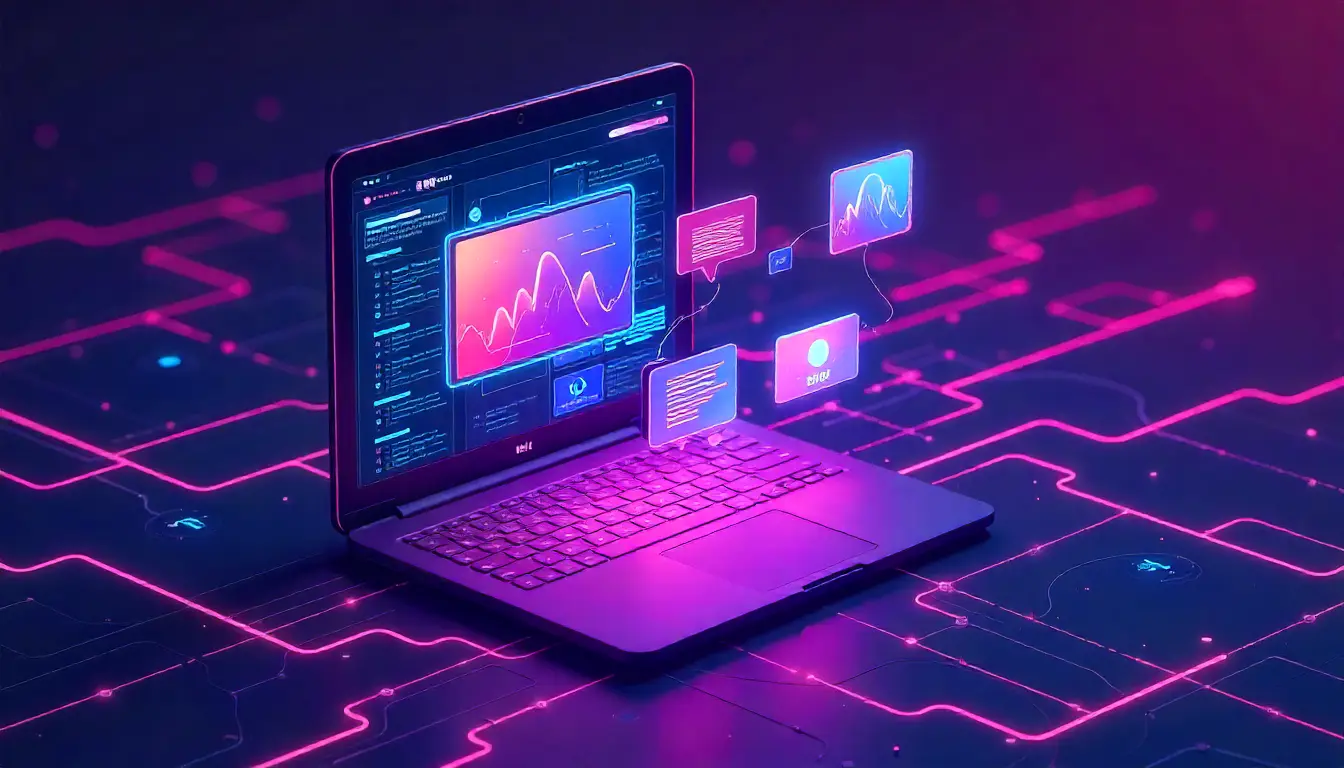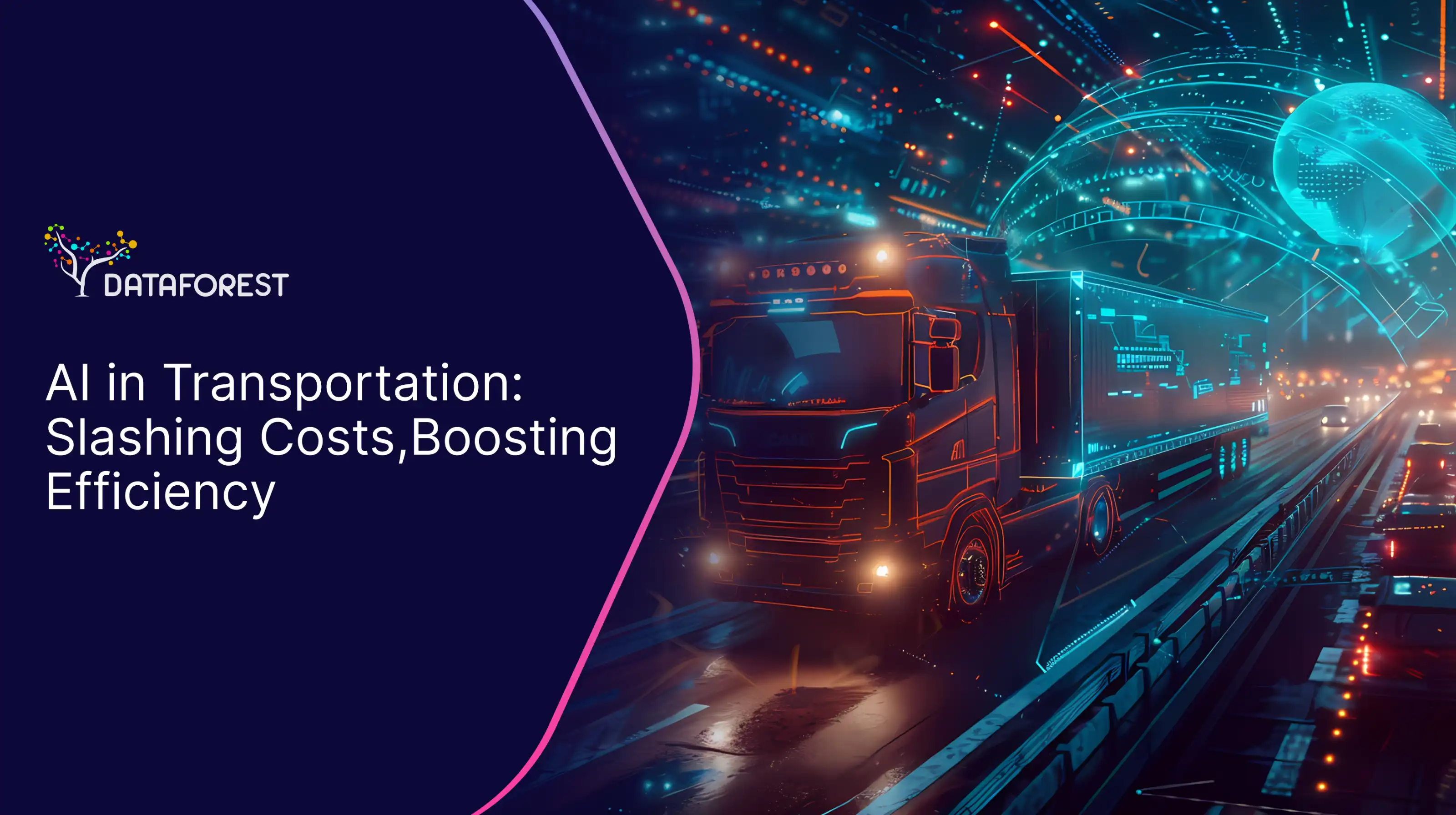Share
Table of contents:

Image scraping is the automated process of extracting images from websites or online databases. This technique leverages scripts and programs to systematically locate, download, and store images based on specified parameters, such as keywords, file formats, and URLs. Image scraping is widely used in various fields, such as computer vision, digital marketing, and content analysis, where bulk image data is required for training algorithms, analyzing visual content, or enriching datasets.
Core Components of Image Scraping
- HTML Structure Identification:
- Image scraping involves parsing HTML content to locate image tags (`<img>`). Typically, the `src` attribute within the `<img>` tag holds the URL for the image file. For example:
- An image scraper identifies the `src` attribute value and retrieves it as the target for downloading the image file.
html
<img src="https://example.com/image.jpg" alt="example image">- Selectors for Targeted Scraping:
- Image scraping utilizes CSS selectors or XPath expressions to navigate HTML structures and isolate image elements. CSS selectors (e.g., `.class-name img`) and XPath queries (e.g., `//img[@class='image-class']`) precisely locate images based on class, ID, or tag attributes.
- This selective approach allows scraping specific sections of a page rather than all images, optimizing efficiency and relevance.
- Downloading and Saving Images:
- Upon identifying image URLs, the scraper downloads each image file, typically through HTTP GET requests. Libraries like `requests` in Python or `HTTPClient` in Java make HTTP requests and handle responses.
- Images are then saved to local storage or cloud servers, often with structured naming conventions or within categorized directories to facilitate organized storage.
- Data Formatting:
Images scraped from various websites may come in different formats (e.g., JPEG, PNG, GIF). Scrapers often include mechanisms to convert or standardize images to a desired format, size, or resolution, using libraries such as `Pillow` in Python.
- Error Handling and Rate Limiting:
- Websites can implement rate limiting or anti-scraping measures to prevent excessive requests. Image scrapers may implement throttling, i.e., controlling the request frequency, or IP rotation to bypass such blocks.
Exception handling is necessary to manage issues like broken image links, HTTP errors, or timeout errors during download requests.
- Websites can implement rate limiting or anti-scraping measures to prevent excessive requests. Image scrapers may implement throttling, i.e., controlling the request frequency, or IP rotation to bypass such blocks.
Common Tools for Image Scraping
- Python Libraries:
- `BeautifulSoup`: Parses HTML documents, making it easier to locate image tags and `src` attributes.
- `Requests`: Executes HTTP requests to retrieve images from URLs.
- `Selenium`: Automates browser actions, useful for scraping dynamic content on websites that require JavaScript rendering.
- `Scrapy`: An open-source framework used for large-scale web scraping, with built-in features to extract, download, and store images.
- Headless Browsers:
Tools like Selenium WebDriver and Puppeteer can operate browsers without a graphical user interface (headless), simulating user interactions and enabling image scraping on pages that rely on JavaScript to load content.
- Image Processing Libraries:
`OpenCV` and `Pillow`: These libraries resize, convert, or augment images after downloading, particularly useful for pre-processing image data before analysis or model training.
- Structure of an Image Scraper in Python
An example workflow for scraping images from a webpage might look like the following:
python
import requests
from bs4 import BeautifulSoup
import os
url = 'https://example.com'
response = requests.get(url)
soup = BeautifulSoup(response.text, 'html.parser')
image_tags = soup.find_all('img')
for img in image_tags:
img_url = img['src']
if not img_url.startswith('http'):
img_url = 'https://example.com' + img_url
img_data = requests.get(img_url).content
img_name = os.path.join('images', img_url.split('/')[-1])
with open(img_name, 'wb') as handler:
handler.write(img_data)
Mathematical Model of Rate Limiting in Image Scraping
To prevent server overload, image scrapers often apply rate limiting, i.e., limiting requests to a specific frequency. If `r` is the maximum allowed requests per second and `T` the time interval between requests, then:
`T = 1/r`
For example, if a server allows 5 requests per second, the delay `T` should be set as:
`T = 1/5 = 0.2` seconds
This interval ensures compliance with the server’s request policy.
Legal and Ethical Considerations
While image scraping is technically feasible, it must comply with legal and ethical guidelines. Website Terms of Service (ToS) often specify restrictions against automated scraping, particularly for copyrighted materials. Failure to adhere to these terms may lead to legal repercussions. Additionally, ethical scraping practices involve respecting copyright, user consent, and avoiding actions that may overload or disrupt server functionality.











